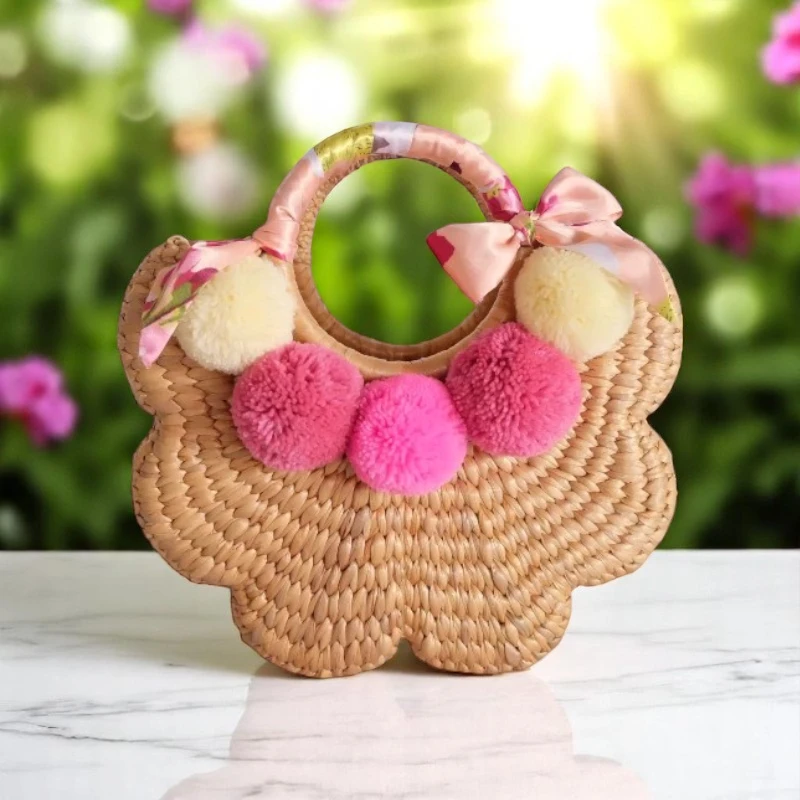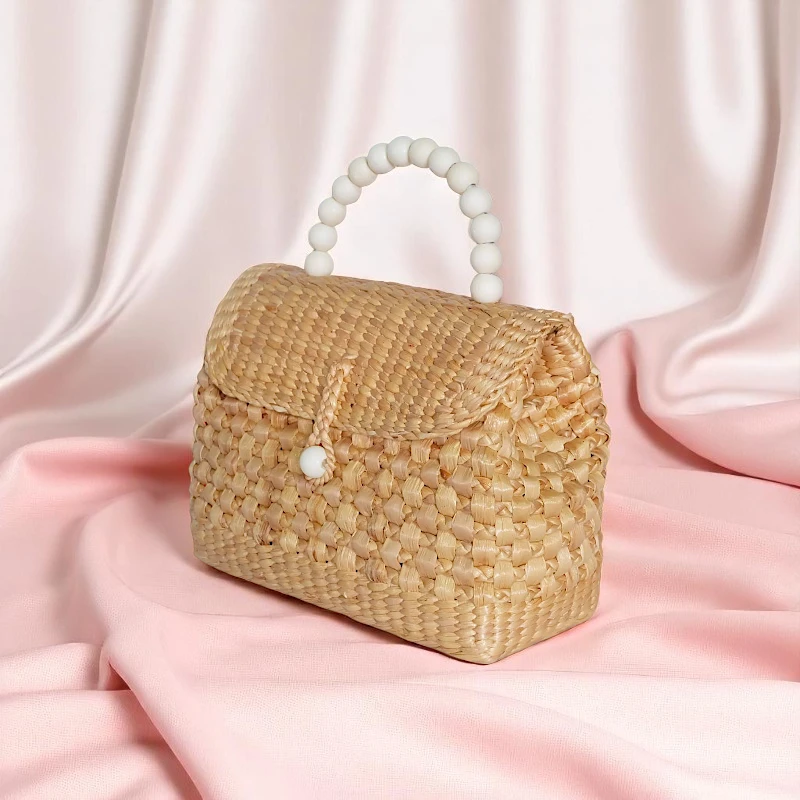Eco-Friendly Bags: Sustainable Fashion That Works for You and the Planet
Why Eco-Friendly Bags Are More Important Than Ever
As the climate crisis intensifies, fashion is shifting from excess to ethics. Eco-friendly bags represent this movement, offering style, function, and sustainability in one smart package. More than a trend, they symbolise a deeper cultural shift towards mindful consumption, where quality, purpose, and environmental responsibility come before convenience. These bags are made from biodegradable, recycled, or plant-based materials—proving you don’t need to compromise on design to care for the planet. In fact, many of today’s most stylish accessories are rooted in sustainability, allowing you to carry your values with every outing.
- Reduce plastic pollution and landfill waste
- Use low-impact manufacturing processes
- Often handmade by artisans or ethical producers
Whether you’re carrying a reusable tote, crossbody, or clutch, an eco-friendly bag is a symbol of conscious consumerism. It represents more than just a stylish way to transport your essentials—it’s a daily commitment to sustainability and thoughtful choices. Every outing reinforces your dedication to reducing waste, supporting ethical production, and encouraging more mindful fashion habits.
What Makes a Bag Eco-Friendly?
A truly eco-friendly bag should tick these boxes:
- Materials: Natural fibres (cotton, hemp, jute), recycled plastics, cork, or biodegradable leather alternatives
- Production: Low energy use, ethical working conditions, minimal waste
- Longevity: Designed to be durable and reusable for years
- End-of-life: Can be composted, recycled, or safely returned to nature
For added transparency, look for certifications like Fair Trade, GOTS, OEKO-TEX, or PETA-Approved Vegan. These labels help ensure that the bag you’re buying meets clear environmental and ethical standards—from materials harvesting to the working conditions of those who make them. Certifications act as a trustworthy guide for eco-conscious consumers who want to shop responsibly and avoid falling for greenwashing.
Materials That Define Eco-Friendly Bags
1. Organic Cotton
- Grown without harmful pesticides or fertilisers
- Breathable, biodegradable, and easy to dye
- Commonly used in everyday totes and casual carry-alls
2. Recycled Plastic (rPET)
- Diverts plastic bottles from landfills and oceans
- Strong, water-resistant, and suitable for travel bags or backpacks
- Often blended with other fibres for added texture
3. Cork
- Harvested from cork oak bark without cutting down trees
- Naturally waterproof, lightweight, and durable
- Ideal for fashion-forward cross bodies, clutches, or wallets
4. Hemp and Jute
- Fast-growing, low-water crops
- Tough and textured, perfect for shopping totes and beach bags
- Naturally biodegradable and compostable
5. Piñatex and Cactus Leather
- Made from pineapple leaves or cactus fibres
- Cruelty-free alternatives to animal leather
- Used in sleek handbags and minimalist designs
Best Types of Eco-Friendly Bags by Function
1. The Everyday Tote
- Spacious and foldable
- Great for shopping, work, or travel
- Pairs well with casual and office outfits alike
2. Crossbody Bags
- Hands-free convenience
- Durable, lightweight options in hemp, recycled polyester, or cork
- Ideal for commuters and travellers
3. Backpacks
- Eco-friendly rPET or waxed organic cotton
- Structured design with pockets and padded straps
- Great for school, gym, or city use
4. Clutches and Evening Bags
- Elegant silhouettes in cork, raffia, or Piñatex
- Often feature metal-free hardware or wooden clasps
- Perfect for dinners, weddings, or summer events
5. Foldable and Packable Bags
- Made from organic cotton or recycled nylon
- Lightweight and ideal for eco-conscious travellers
- Easily tucked into a handbag for emergencies
How to Spot Greenwashing in Eco Bag Marketing
Not all “green” claims are genuine. Watch out for:
- Vague terms like “natural” or “eco” without details
- No mention of sourcing, labour, or production impact
- Misleading symbols or unverified claims
Choose brands that provide clear material info, ethical sourcing, and evidence of sustainability.
How to Care for Your Eco-Friendly Bag
- Spot-clean with mild soap and cold water
- Air dry naturally (avoid tumble dryers)
- Store in a cool, dry place when not in use
- Avoid overloading or over-stuffing
Good maintenance prolongs your bag’s life—and its positive environmental impact.
Why Eco-Friendly Bags Make Great Gifts
- Practical and stylish
- Suitable for all ages and occasions
- Easily personalised with embroidery or add-ons
Give them other green goodies like reusable water bottles, organic scarves, or plastic-free beauty kits.
Fashion Meets Responsibility
Eco-friendly bags let you express your personal style while protecting the environment. Whether you prefer clean minimalism, bold prints, or natural textures, there’s a sustainable bag that matches your wardrobe and your values.
With more brands innovating and consumers demanding better, these bags are no longer niche—they’re the future of accessories.
Final Thoughts: Wear Your Values
Choosing an eco-friendly bag is a small act with a big impact. It’s a daily reminder that sustainable living starts with our decisions, right down to the accessories we carry. By opting for better materials, ethical practices, and circular design, you’re reducing your environmental footprint and setting a standard for others to follow. Each eco-conscious choice helps shift the fashion industry toward a more thoughtful, inclusive, and planet-friendly future where style and sustainability coexist.
So whether you’re picking out a tote for work, a clutch for events, or a backpack for your next trip—make it an eco-conscious one. Let your bag tell a story that reflects your values, style, and commitment to protecting the planet. Every accessory is a chance to vote for the world you want to live in—choose wisely and carry that message proudly.


















